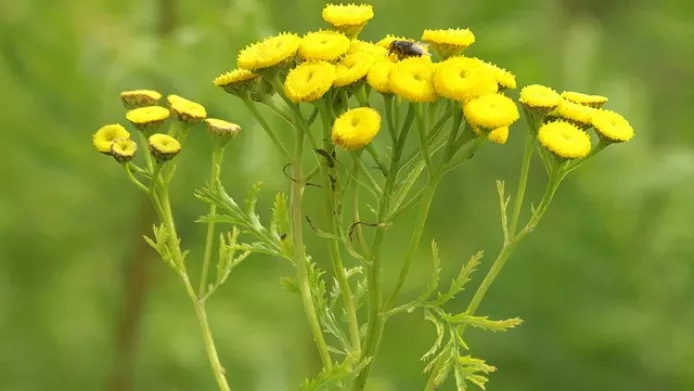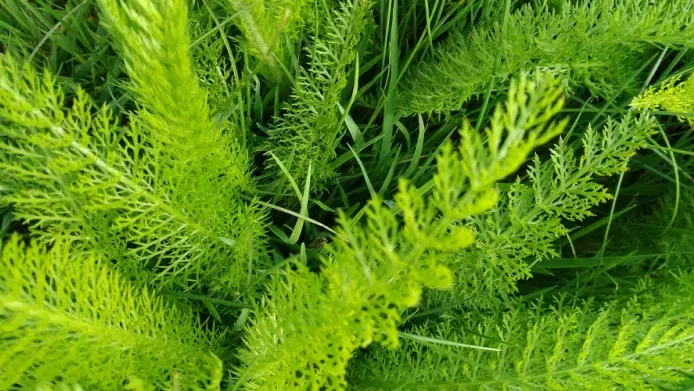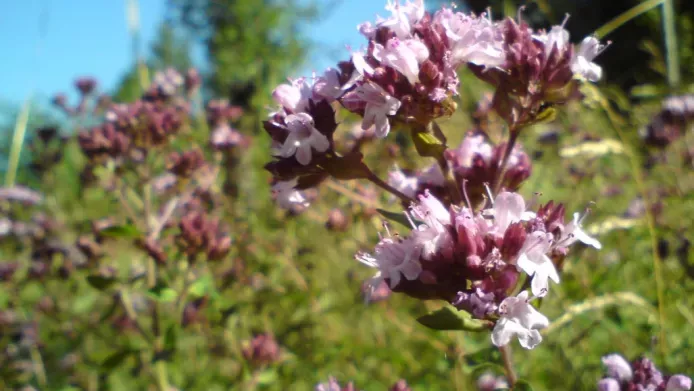We know that wildflowers have undeniable benefits for our wild spaces, bringing pollinators and biodiversity to sometimes the most unlikely of places.
But if we look more closely at individual plants, we can start to appreciate their uniqueness from a variety of perspectives by using each one of our senses in turn, one by one.

Aroma
Have you ever noticed that the aroma of certain plants can make you feel refreshed, uplifted, calm, focused or energised?
We have essential oils to thank for this. These oils are produced by some plants, and although they are not directly involved in the growth or development of a plant they do perform important functions for it.
Essential oils may attract pollinators, repel herbivores or pests, and protect the plant against diseases, as well as smelling incredible! But that's not all. Studies have shown that essential oils can have positive effects on humans, such as enhancing our cognitive ability, as well as calming our nervous system.
Taste
The recent sunny weather has us thinking about all the delicious salad vegetables that the summer season brings. But did you know that some UK-native flowers are edible, too?
Cornflowers (Centaurea cyanus), violets (Viola odorata) and chive flowers (Allium schoenoprasum) all add a brilliant pop of colour to salads, as well as a flavour hit. They also look a bit fancy and are very social media-friendly!
This recipe for English garden tartines on the Guardian website uses allium flowers. You could substitute other edible flowers if you like, but always make 100 per cent sure that a plant is edible before consuming.

Colour
As summer gets underway, there are more and more colourful wildflowers appearing and changing places with each other as the season progresses. We’ve seen our parks, streets and hedgerows bursting with tiny pops of colour. But have you ever wondered why these pretty plants produce such vibrant colours?
Kew scientist Paula Rudall explains: 'We know that colour has many different roles... the best-known is to attract pollinating insects to flowers'. But what exactly is it that produces the colour in the first place?
In fact, the presence of pigments in the plant and even the shape of its cells can influence their hue, since this can 'focus light onto the underlying pigments contained inside the cell'. Fascinating! If you’d like to read more about the colour science of plants, visit Paula's full blog post on the Kew website: Plant colours are not all about pigments. Or, explore Kew's page all about 'Nature's true colours'.
Touch
Plants come with all sorts of different surfaces and textures, and this can be for many reasons.
Thorny plants often use their spikes to protect themselves from herbivores; the soft furry leaves of plants like lamb’s ears (Stachys byzantina) help to trap moisture; glossy-leafed plants allow water to run straight off them.
As well as being key to a plant’s survival, textures can bring interesting variety and visual impact to your garden or houseplant arrangements.

Feeling inspired?
Learn how to create a sensory garden on the Kew blog. If you don’t currently have access to a garden, you could try creating a mini window-box version at home.
